Vietnam, Cambodia, Laos. (Photos: Anita Rao Kashi)
Southeast Asia is both familiar and novel. While Thailand, Indonesia and Malaysia are familiar names, Vietnam and Cambodia figure less on tourist lists, while Laos is often overlooked. But whether it is culture, architecture, history, heritage or food, each of these offers a rich and diverse smorgasbord of experiences that are at once engaging and mesmerising.
Vietnam
What to see
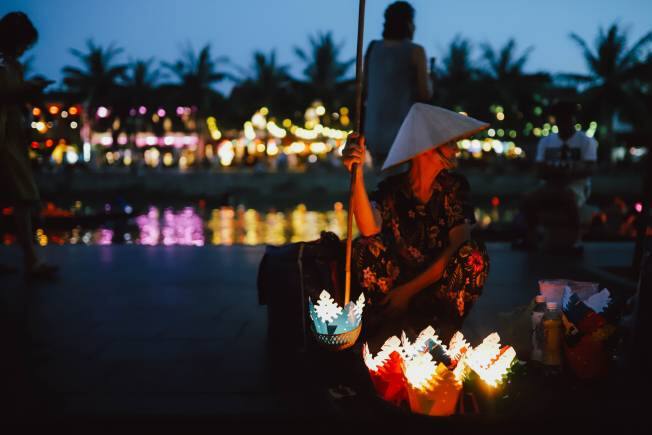 Hoi An, Quảng Nam, Vietnam. (Photo via Unsplash)
Hoi An, Quảng Nam, Vietnam. (Photo via Unsplash)
Vietnam has an abundance of riches, and a diverse spread of hinterland and coastal destinations. Hanoi has a distinct French flavour in its architecture and walking around the old town is a treat. Ho Chi Minh City, on the other hand, is a charming mix of old world buildings and shiny high-rises. For a laidback, small-town vibe, Hoi An is delightful, which comes alive every full moon with pretty lamps on the river.
What to do
Opt for a cruise in or near Halong Bay, but make sure to choose one that takes you to one of the deserted areas, such as the one offered by Indochina Junk with dramatic karsts since the bay has become over-touristed in recent times. For a more rustic experience, head to Ninh Binh with its beautiful riverine landscape.
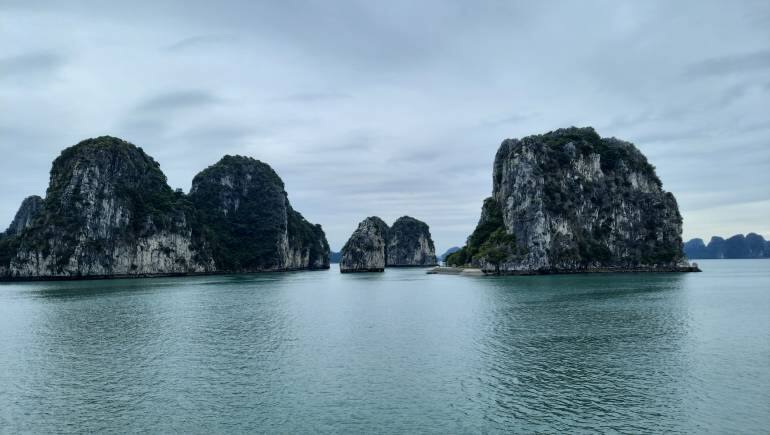 Halong Bay, Vietnam. (Photo: Anita Rao Kashi)
Halong Bay, Vietnam. (Photo: Anita Rao Kashi)
What to eat
Vietnam is a food lover’s paradise. The cuisine relies on fresh ingredients and clean tastes, with an abundance of herbs and is relatively spicy. Much like any country, there are various regional cuisines.
 Vietnamese summer rolls. (Photo: Alexander Sinn via Unsplash)
Vietnamese summer rolls. (Photo: Alexander Sinn via Unsplash)
What’s more, there are plenty of options for vegetarians. Make sure to try fresh rice paper rolls, pho (noodle soup), sticky fried rice, rice and curries, banh mi (small baguette with filling), fresh and baked pancakes stuffed with condiments, meat and veggie skewers, fresh buns with sticky or cheesy fillings, and a variety of coffees including egg coffee.
Cambodia
What to see
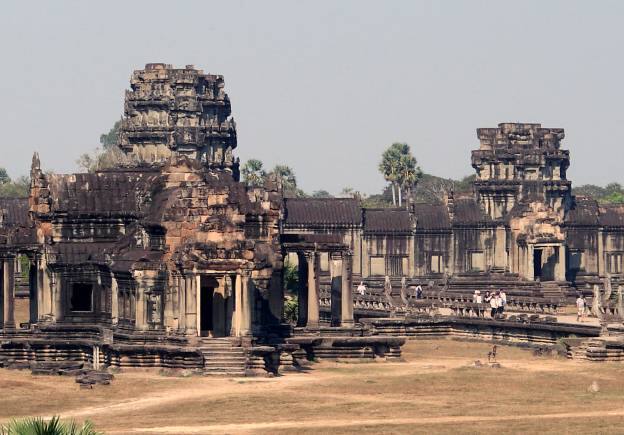 Angkor Wat complex, Cambodia. (Photo: Anita Rao Kashi)
Angkor Wat complex, Cambodia. (Photo: Anita Rao Kashi)
Siem Reap is the gateway to a stunning set of temples, of which Angkor Wat is the highlight. Be sure to look for the fabulous bas-relief carvings from Indian mythology and the graceful apsara figurines. But there are many to explore such as Ta Phrom, Angkor Thom, Preah Khan, etc. Some of them are rather surreal, overgrown with trees and roots. The capital Phnom Penh has some sombre exhibits of the country’s brutal history.
What to do
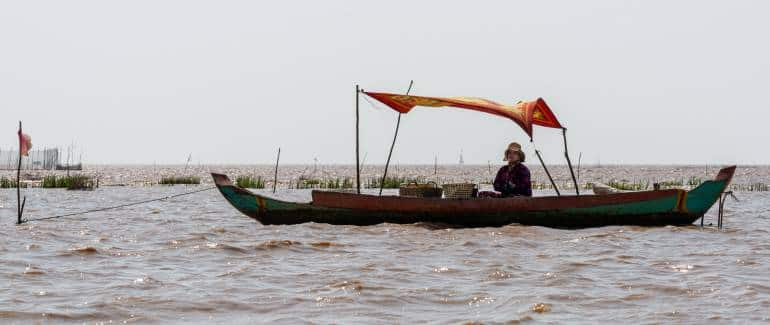 Fishing on Tonlé Sap lake, Cambodia. (Photo: Daniel Hansen via Unsplash)
Fishing on Tonlé Sap lake, Cambodia. (Photo: Daniel Hansen via Unsplash)
Head to Tonlé Sap, a massive lake which is a curious mix of fresh and sea water. Cruise the lake for an up close look at the several floating villages on the lake such as Chong Khneas.
What to eat
Like its neighbours, rice is central to Cambodian cuisine, which is also made into noodles. The cuisine shares similarities with others in the region but is characterised by the use of kampot, a sharp pepper. Don’t miss the fish amok, a fiery fish curry with sticky rice. Try also the kuy teav, pork with noodles, fiery curries with coconut milk accompanied by rice, rolls and noodle soups.
Laos
What to see
 Luang Prabang temple, Laos. (Photo: Anita Rao Kashi)
Luang Prabang temple, Laos. (Photo: Anita Rao Kashi)
Relatively less known in Southeast Asia, Laos is landlocked but has the Mekong flowing through its length with picturesque rice paddies all along. The town to see is Luang Prabang, all of which is a UNESCO World Heritage site with ancient buildings, French colonial architecture, Buddhist temples and buzzing night markets.
What to do
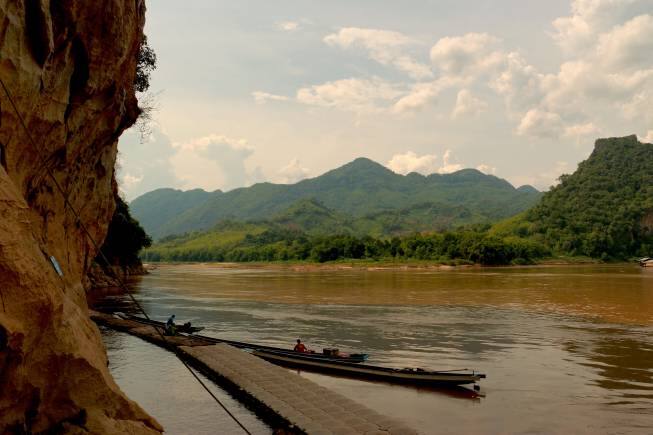 Cruise on Mekong river in Laos. (Photo: Anita Rao Kashi)
Cruise on Mekong river in Laos. (Photo: Anita Rao Kashi)
Cruise the Mekong in a covered rice boat, visiting Buddhist temples, tiny villages, local liquor distilleries and craft workshops. The terraced Kuang Si waterfall near Luang Prabang is good for day-long picnic or head to the elephant conservation camp for an up-close experience with the pachyderms.
What to eat
Lao meals are often served thali-style with a lot of elements including fresh vegetables and greens, and fiery dips. The mainstay, like the region, is rice but is often dark red, brown or even black that is almost like toffee and served as a dense ball inside in a cylindrical basket. Don’t miss eating lam, a spicy stew with rice, greens and meat, local sausages, kaipen (snack made with river moss), fermented noodle soups, bamboo and leaf stews, curries, dried pork and beef, coconut rice and sweet sticky rice.
Good to know
Visa: Indians can get visa on arrival in Laos ($35) and Cambodia ($30). Visa for Vietnam ($25) has to be obtained online before departure. Processing can take up to a week; make sure to indicate the correct entry and exit points.
Flights: Look for deals and inexpensive flights on such carriers as VietJet which offers reduced fares on certain days.
Travel: Ride-hailing apps Grab and Gojek work well in Vietnam and Cambodia; opt for local taxi service in Laos.
Tours: Several cities have free walking tours and self-guided tours which are a good way to orient oneself to the place, and then explore in leisure those that hold interest.